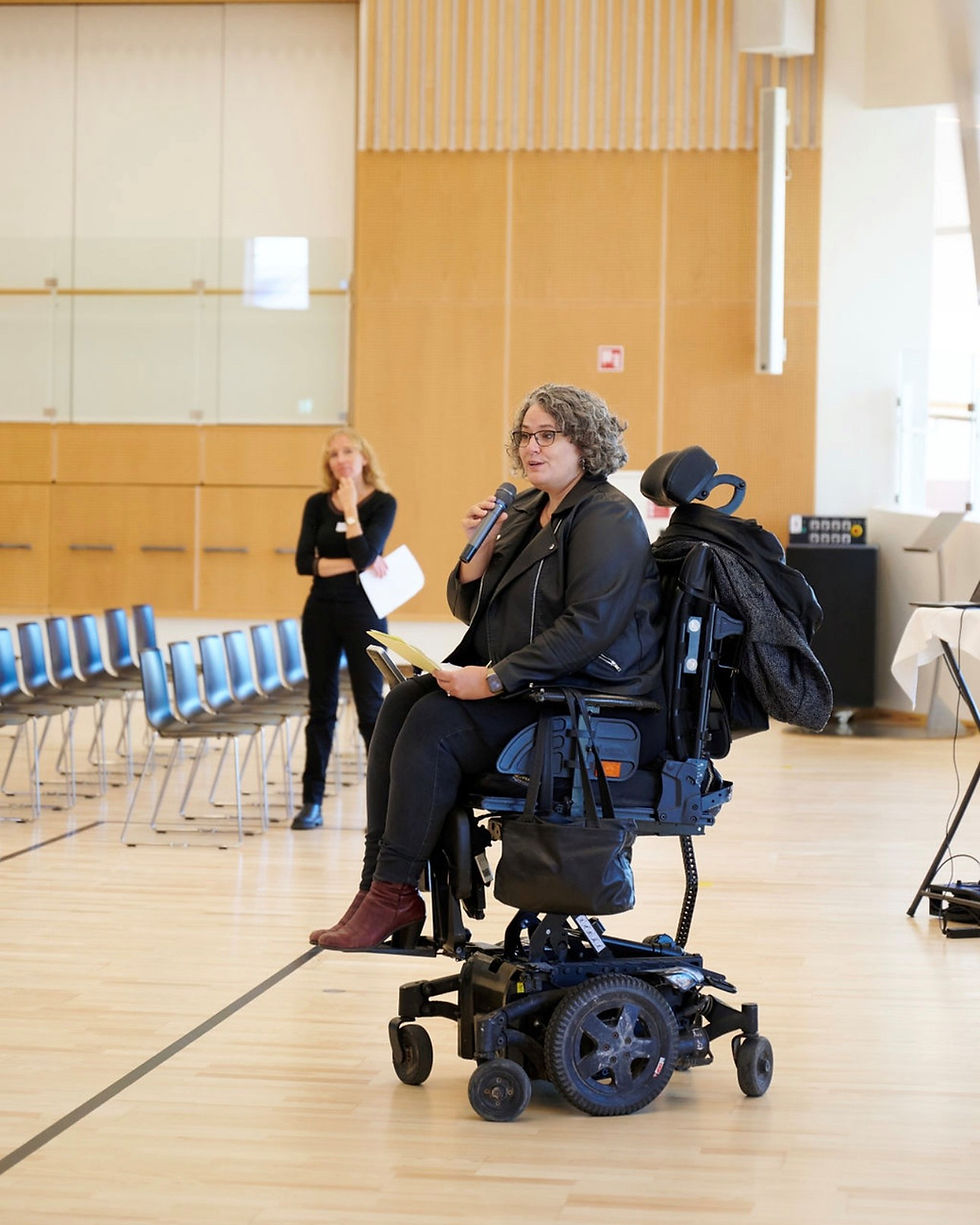Taxes 2022
- The International
- Jan 5, 2022
- 3 min read

Finansloven - the yearly budget of Denmark.
Photographs: iStock
Text: Narcis George Matache
For two years now, I have written this political column for "The International" as a platform to encourage non-Danes to take a more active role within Danish society. Within the past 24 articles, I have covered most ways to become more actively involved. Hopefully, some of you are inspired to do more, and who knows, maybe one day, I will write about your extraordinary feats meant to further the cause of the internationals in Denmark.
The column's purpose will change from presenting activism opportunities analysing the Danish political stage. In this issue, we discuss the yearly finance law budget of Denmark.
If we correlate the current polls and the local and regional election results, this could be the last "red" finance law for a while. Why? Because every political analyst is betting on national elections in the late spring of 2022 and the distance between the "red" and "blue" camps is frail.
With the support of the other parties from the "red" political camp (SF - Socialist Party; Radikale Venstre – Social Liberal Party; Enhedslisten – Red-Green Alliance; Alternativet – Green Party), the social-democrat government has enough votes in the Parliament to pass the budget law. This allowed the government to focus the money on better welfare, green transition and digitalisation.
Better welfare - education
Denmark spends on average 8% of the GDP on education. Only Norway spends more money on education in the world. However, there are still problems within the system. The focus for 2022 is to: train better teachers; create quality free-time activities for youth; develop the preparatory (FGU; FVU), vocational (AVU) and dyslexia (OBU) educations; allow children to stay an extra year in kindergarten and reduce the class size for the first three years in primary education.
Better welfare - healthcare
Denmark spends on average 10% of the GDP on healthcare. Top 10 in Europe. However, we have problems with medical staff shortage, unhappy nurses, long waiting times and a system unprepared to serve a multicultural country. The focus in 2022 is to: protect the healthcare system against the omikron wave; hire more medical staff by making it easier for people with such qualifications to come to Denmark; overhaul the maternity wards and hire more midwives; extend the free dental care to 21 years old; create a platform to compare dentist prices and map the challenges in psychiatry.
Better welfare - social
Denmark spends on average 30% of the GDP on social protection (pensions, unemployment, sick leave, child benefits, SU, etc.). The largest share of the yearly budget. The focus in 2022 is to: invest in better elderly care, improve the care for people with disabilities, help children that grow up in violent environments, and reduce child poverty.
Better welfare - minorities
Denmark has more than 11% of the population with an ethnic background, and it is one of the friendliest countries in the world for LGBT+ people. Denmark is a diverse country in terms of ethnic and sexual minorities. The focus in 2022 is to sponsor efforts to reduce hate crimes; invest in better conditions for the LGBT+ people; help LGBT+ people with an ethnic background, and reduce radicalisation among young people.
Green transition
Denmark is a world champion in developing green solutions. To maintain that title, the government wants to finance the development of CO2 capture and storage facilities (and other carbon emissions solutions); invest in even more renewable energy; speed up the bureaucratic process; improve the quality of tap water all over Denmark; fight against the practice of "greenwashing" and help other countries with 100 million climate aid.
Also, in 2022, the government will focus on the marine world. Development of two marine national parks - Øresund and Lillebælt; Trawl-free zone in Lillebælt, Storebælt and Langelandsbælt; Re-establishment of rock reefs and support for the Øresund Aquarium.
Digitalisation
Denmark is already miles ahead in digitalising the public sector. However, the European focus for 2022 is represented by investments in digitalisation, and Denmark is well-placed on the top of that wave. The focus for this year is the usage of new technologies in making the public sector more efficient.









